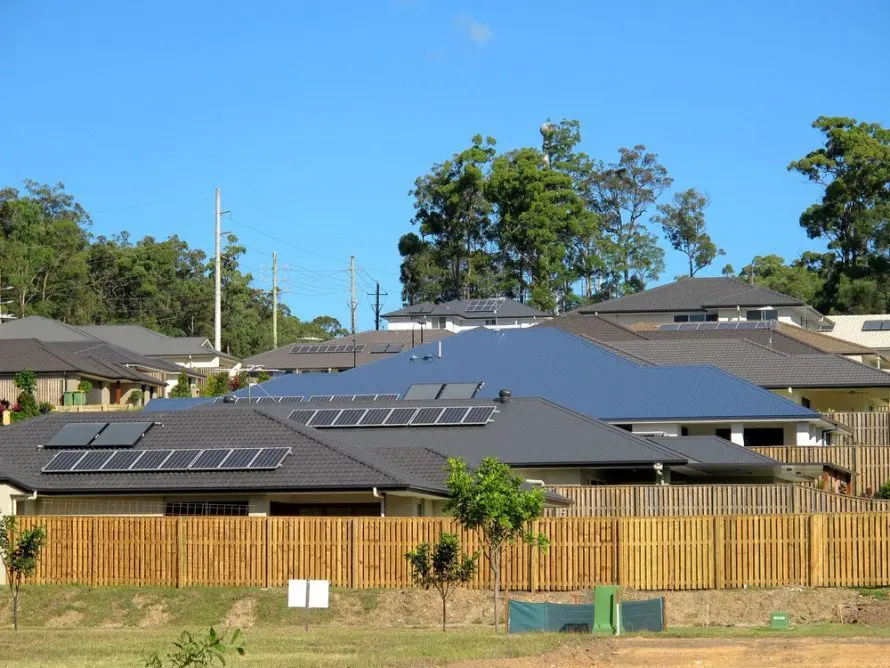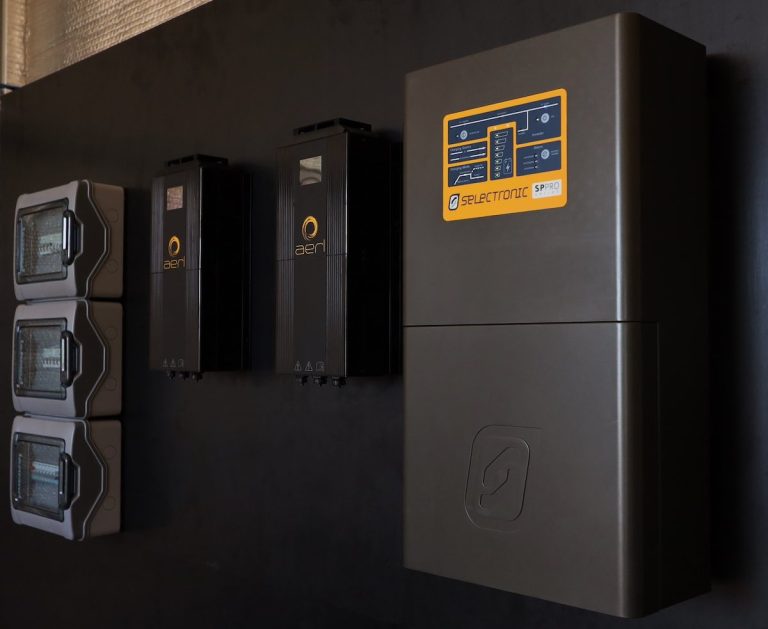Impact of NSW Solar Tax on Consumers and Grid
A recent announcement by NSW electricity distributor Ausgrid regarding a new solar levy has stirred up a storm of criticism, particularly from Australians who have heavily invested in transitioning to renewable energy sources at home. The proposed levy, set at 1.2 cents per kilowatt-hour for electricity exported to the grid, has raised concerns about its potential impact on the growth of solar panel systems and renewable energy adoption.
Many argue that rather than imposing additional charges, alternative methods should be explored to manage the grid’s load effectively. Suggestions include implementing flexible export options that do not burden solar panel owners while ensuring a fair distribution of network capacity among users, taking into account local constraints.
Controversy and Criticism
The Spanish experience with a similar tax serves as a cautionary tale, with the levy being eventually overturned after significantly hindering individual efforts to embrace renewable energy. Despite Ausgrid’s claims that the revenue generated from the levy will be used to upgrade the grid for accommodating increased solar exports, questions linger about the necessity of such a tax and the transparency of the company’s cost projections.
Moreover, the overlap with the federal government’s substantial investment in the NSW electricity grid raises concerns about double-dipping by Ausgrid. The company’s justification for the levy revolves around the need to support the growing influx of solar energy while ensuring a reliable power supply for all consumers. However, the potential implications of this move on both current and future solar panel owners remain a point of contention.
Impact on Consumers
Despite Ausgrid’s reassurances that the annual cost for solar panel owners would be minimal, critics argue that the levy could have a more significant financial impact, especially as modern panel installations increase in size and efficiency. The proposed tax structure, based on a threshold for exported electricity during specific hours, may not adequately address the evolving landscape of renewable energy technologies.
Furthermore, concerns are raised about the potential disincentive for households to invest in larger solar setups, which play a crucial role in advancing the nation’s renewable energy goals. The focus on taxing solar exports, without clear guarantees of grid improvements or consumer benefits, has sparked calls for a reevaluation of Ausgrid’s approach.
Looking Ahead
As other regions in Australia explore more flexible export systems to support renewable energy growth, Ausgrid’s decision to levy solar exports stands out as a controversial move. The involvement of major financial stakeholders in Ausgrid’s ownership adds another layer of complexity to the situation, prompting calls for a reconsideration of the levy’s implications.
In conclusion, the debate surrounding Ausgrid’s solar levy underscores the challenges of balancing the transition to clean energy with the financial interests of electricity distributors. The need for a collaborative and transparent approach involving all stakeholders is crucial to ensure a sustainable and equitable energy future for Australia.






